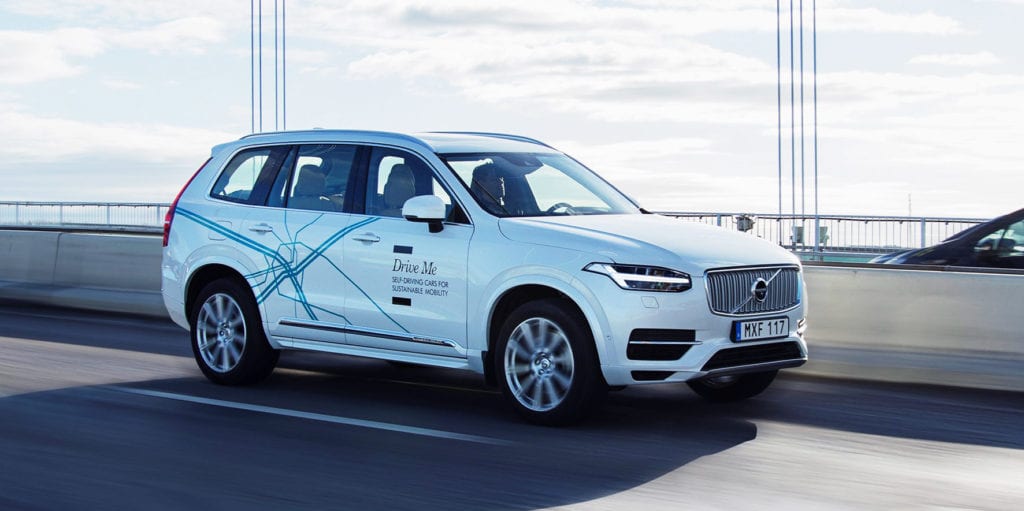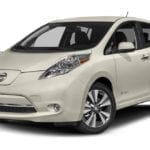With the idea of self-driving (autonomous) motor vehicles rapidly becoming more of a reality rather than just a dream — primarily thanks to Volvo — some of you are probably feeling apprehensive. Or, at least, curious to see how they’ll work. Well, there’s always a few people out there who want to take things to the extreme, and will probably slam on their brakes or jump out in front of one of Volvo’s self-driving machines just to see what it will do. Nothing surprises me at this point, and it seems like Volvo has the same concern circulating through its headquarters, given the brand’s recent announcement that it doesn’t want to outwardly identify its self-driving cars.
A smart decision, I think, when it comes to not discerning autonomous from non-autonomous vehicles. Why? Because, it not only protects the self-driving cars from the yahoos out there, but also safeguards the vehicles’ occupants.
The Plan — Fly Under the Radar
The plan is simple, but effective. Volvo recently announced that it has no plans to outwardly identify its self-driving vehicles once they are brought to market. The reason? To prevent more Darwin awards from being handed out to those who would decide to challenge the vehicles. From a different standpoint, it’s also so the vehicles don’t get special treatment on the road — negative or otherwise — allowing Volvo to accurately evaluate how these vehicles will work.
In 2018, 100 vehicles will be leased to consumers in London. Eventually, those vehicles will make their way over to America.
Why It’s a Smart Plan — Too Many Yahoos and Skeptics
Like I said above, there are way too many yahoos out there who would love to mess with one of these vehicles. That’s not me degrading anyone, it’s just a fact of life. Therefore, it could be a wise move for other automakers to follow suit when it comes time to release their self-driving vehicles.
Another reason is because there is also a lot of skepticism surrounding autonomous vehicle technology, and the safety of these vehicles. Largely in part due to the aftermath of that self-driving Tesla that crashed earlier this year. Therefore, Volvo is worried that consumers will be a little too curious around them, or drive differently around them due to fear, anger, or both.
Not only is this a problem for Volvo, because the engineers won’t see how these vehicle do during an average daily commute, but it’s also a problem for cities. It would alter the flow of traffic, and potentially cause a host of issues like unnecessary traffic jams and accidents.
My PSA About the Whole Situation
I’d like to give a public service announcement for when self-driving cars do finally reach the streets of America — just leave them alone. Don’t try and trick them into stopping by jumping out in front of them or slamming on your brakes, and don’t treat them any differently than a normal car. Believe me, I’m not thrilled about the idea of self-autonomous vehicles either. I get a real creepy SkyNet from Terminator meets Deceptions from Transformers vibe out of the whole situation.
But, it’s important to let companies like Volvo see how its vehicles act in the real world on average daily commutes. That way, Volvo can use the information gathered to figure out how to make these vehicles better and safer in the future.




